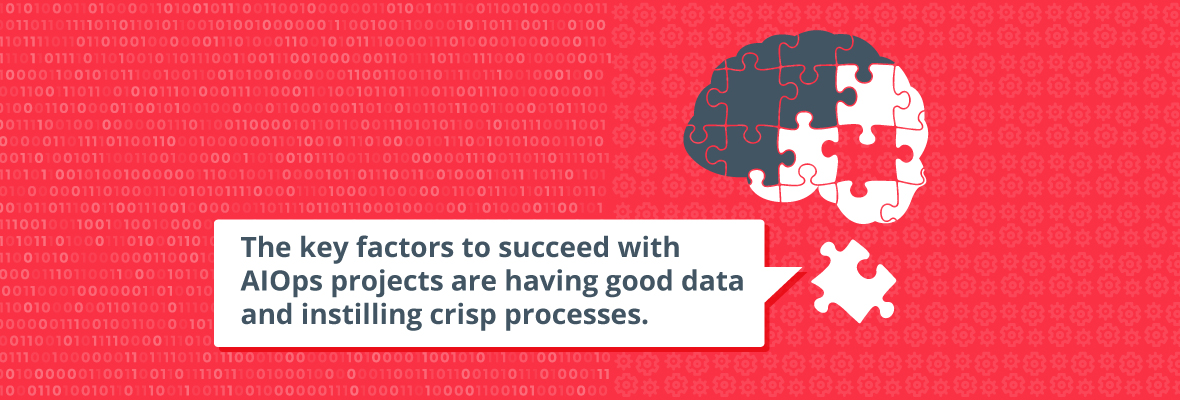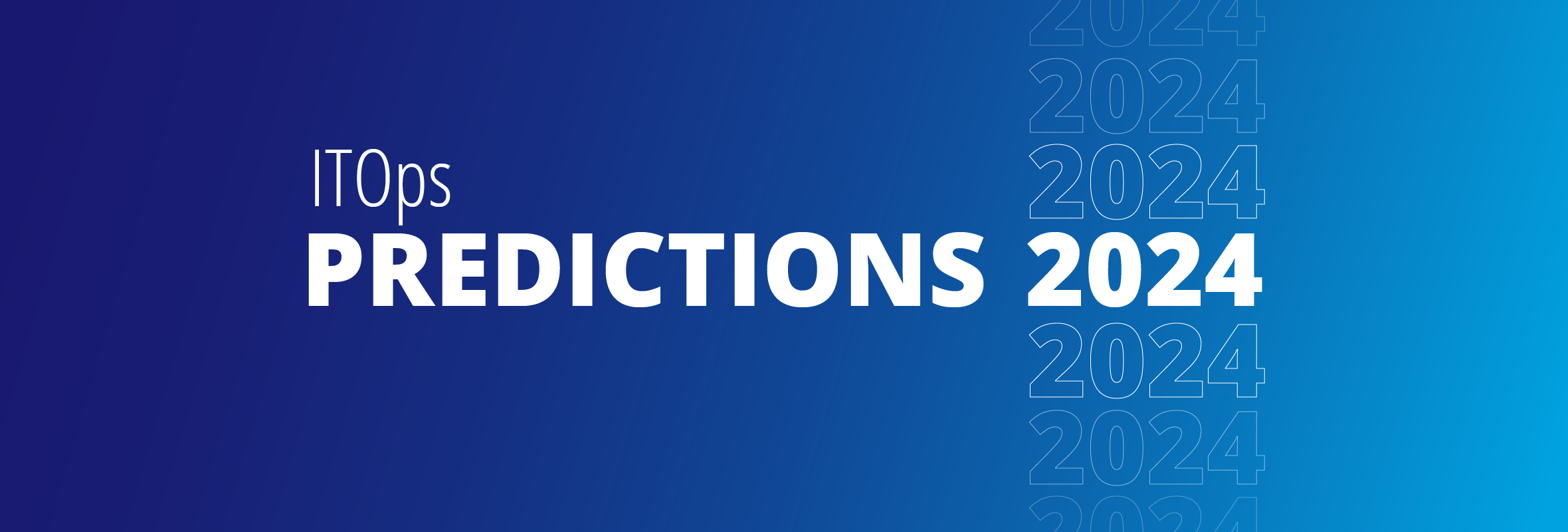AIOps is one of the fastest-growing categories in the IT operations management (ITOM) software space. With increasing demands on IT, the ability to leverage AI is critical to successful operations. The adoption statistics are quite staggering. Gartner reports that by 2022, 40% of large enterprises will use AIOps tools to support or replace monitoring and service desk tasks. Given the increasing interest around AIOps and its impact, there is also a growing minority of sceptics who are concerned about AIOps failures. So why do AIOps projects fail? We spoke with Neil Pearson, principal product manager and resident AIOps expert at OpsRamp on avoiding disaster with AIOps.
OpsRamp: How would you define AIOps?
NP: I would define AIOps or Artificial Intelligence for IT Operations as the application of AI technologies to automate complex, manually-intensive, repetitive operations tasks. It typically involves a large amount of data from different sources and different formats. It is about making people measurably better at their jobs and helping companies get better at their business.
OpsRamp: How does AIOps help the business?
NP: I have come up with five different pillars on the benefits of AIOps for businesses:
- It helps you improve your top-line growth;
- It ensures operational excellence and helps your organization be more competitive;
- It reduces risks associated with your IT infrastructure;
- It decreases the time-to-market phase;
- It helps you improve customer experience by reducing outages using predictive analytics.
OpsRamp: So what are the factors hindering AIOps adoption? How can IT gain more trust from its users?
NP: It is natural to be sceptical while implementing AIOps given the time, effort and investment it takes. With AIOps, patience and observation are important. Integrating AI models into an enterprise’s IT infrastructure is a complex process. You should try to implement it in phases. For example, at OpsRamp, we do not force our clients to go into production immediately. We encourage an incremental model of training the data, looking at the results, observing and learning. Pick a project that’s a low-hanging fruit to start with and then test and refine.
OpsRamp: Makes sense. What are some common mistakes you have observed while implementing AIOps?
NP: The key factors to succeed with AIOps projects are having good data and instilling crisp processes. Collecting data of sufficient quality is the first step to enable AIOps and is critical for the accuracy of machine learning technologies. Establishing crisp processes means that you avoid automating a bad process.
OpsRamp: How do you recommend starting an AIOps implementation?
NP: There is no hard and fast rule on this. Every organization will have a different approach to AIOps depending on their goals and objectives. You will want to determine the ultimate objective of the project – such as to automate repetitive tasks or to streamline workflows – as well as financial goals and end-customer goals. Identify the main area you want to improve and tackle that first. Remember to observe the results before going into production to avoid mistakes. Once the implementation is successful, celebrate it to build momentum.
OpsRamp: How does one marry human insights with machine insights? I ask this because, despite automation, you still need a person to make decisions.
NP: Blame it on pop-culture references like Skynet, but the reality is, people are still skeptical about the machines taking over. Hence, as a part of your process, you need to inject the ability to interact with a person. AI still needs human intervention in decision-making. Over time, this may well change with more autonomy for AI. It is important therefore to build trust in systems which can eventually make decisions for humans.
OpsRamp: Within a short period, there has been an explosion of vendors offering AIOps today. How does OpsRamp’s service-centric AIOps differ?
NP: We differ from other vendors in that we take a service-view. An example of a service is a business application, HR application or an IT service such as email. Service-centric AIOps is about understanding and presenting contextual relationships for hybrid applications and operational aspects of the business service. It gives you holistic visibility and predicts business impact.





